

itrust consulting is pleased to announce the launch of Whistleblowing as a Service. WBaaS ensures a way to report violations of the law within a company without repercussions for the employee, ensuring conformity to the law of 16 May 2023, concerning companies with over 50 employees and communes with over 10 000 inhabitants.
The service includes the setup of an internal channel, and our expert will review any reports made via the platform to verify the appropriate anonymization and clarity of the information provided. Only authorized and mandated people of the targeted organization get access to the report. It is possible to make a report via phone call or in a meeting, but the easiest method is to file it on the platform, which guarantees the highest security standards.
For more information, click here.
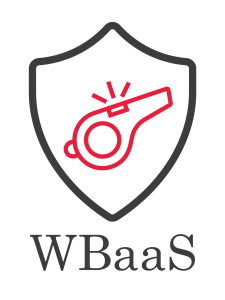
itrust consulting in collaboration with CyFORT launched its Standards Distribution Initiative, aimed at providing standards file and other helpful files in Excel format. These files are designed for seamless integration with popular open-source tools like Ariana and OpenAriana, OpenTrick. The initiative enables organizations to easily generate policies, conduct risk assessments, perform audits, and more, all while leveraging the power and flexibility of open-source solutions.
By offering standards in a standardized Excel format, itrust consulting simplifies the process of aligning with international standards and enhances the effectiveness of risk management and compliance activities. This initiative supports a wide range of applications, ensuring that businesses can efficiently manage their ISO-related tasks using the tools they know and trust.
Click for downloading free to use excel files
Click here for submitting a webform to request ISO/IEC standards file by license holders
The European Cybersecurity Competence Centre and Network organized the 'Luxembourg GRC Summit' on 5 June 2025 at the Luxembourg Chamber of Commerce.
We are happy to announce the stable release of C5-DEC CAD Version 1.0 on GitHub.
C5-DEC CAD is a comprehensive tool designed to support the creation and evaluation of secure IT systems according to the Common Criteria (CC) standards, from secure software development and meticulous documentation management, to Common Criteria-based security evaluations and project management.
Click here to read the whole article
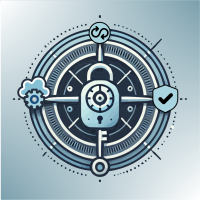
itrust Abstractions Lab released the Alpha version of SATRAP-DL on GitHub.
Developed in the context of the SATRAP-DL subproject of CyFORT, SATRAP (Semi-Automated Threat Reconnaissance and Analysis Platform) is an open-source, cross-platform software for computer-aided analysis of Cyber Threat Intelligence (CTI) through automated reasoning.
itrust is pleased to support Code Club Luxembourg with devices to coach children learning the base of IT by themselves.
It’s funnier than school and Maison Relais but creates the skills we need to build our future.
Code Club offers coaching to citizens willing to empower kids with digital skills and open clubs in various municipalities, libraries, schools or maisons relais.
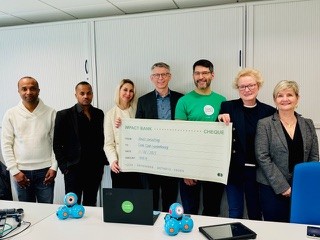
itrust consulting in collaboration with CyFORT is pleased to announce the launch of its Standards Distribution Initiative, aimed at providing standards file and other helpful files in Excel format. These files are designed for seamless integration with popular open-source tools like Ariana and OpenAriana, OpenTrick. The initiative enables organizations to easily generate policies, conduct risk assessments, perform audits, and more, all while leveraging the power and flexibility of open-source solutions.
By offering standards in a standardized Excel format, itrust consulting simplifies the process of aligning with international standards and enhances the effectiveness of risk management and compliance activities. This initiative supports a wide range of applications, ensuring that businesses can efficiently manage their ISO-related tasks using the tools they know and trust.
Click for downloading free to use excel files
Click here for submitting a webform to request ISO/IEC standards file by license holders
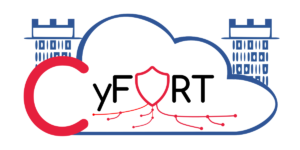 Following our initial (Alpha) release of IDPS-ESCAPE on September 1st, 2024 introducing ADBox, our dedicated anomaly-based intrusion detection solution relying on state-of-the-art advances in artificial intelligence, we have made another release on GitHub that in addition to patches and improvements, provides a full integration into Wazuh, the well-known open-source SIEM, which you can catch a glimpse of by watching this short walkthrough.
Following our initial (Alpha) release of IDPS-ESCAPE on September 1st, 2024 introducing ADBox, our dedicated anomaly-based intrusion detection solution relying on state-of-the-art advances in artificial intelligence, we have made another release on GitHub that in addition to patches and improvements, provides a full integration into Wazuh, the well-known open-source SIEM, which you can catch a glimpse of by watching this short walkthrough.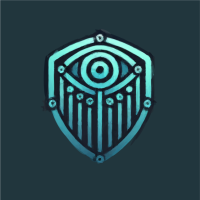
itrust consulting is excited to announce an upcoming training session designed to boost your expertise on PSDC - eArchiving.
In today's information society, it is important to digitise all your important documents to avoid accidental loss or destruction. However, it is important to ensure that these documents are converted and preserved in digital form so that they retain their legal status. As any company can apply to ILNAS for accreditation as a ‘Dematerialisation and/or Preservation Service Provider’, itrust consulting is offering a training course in which the main ideas behind PSDC certification will be presented and explained in order to give interested companies a clearer picture of the constraints involved in obtaining such certification.
This training course is aimed at any company that wants to create or archive digital copies of their own scriptural archives while attributing a legal value to these copies, or that wants to offer such a service to their customers.
|
We wish you a Peaceful Christmas and a Happy New Year 2025
Sending our wishes per email allows us to donate our
|